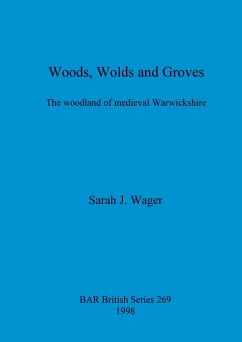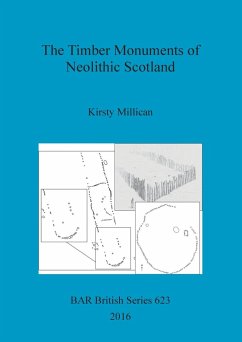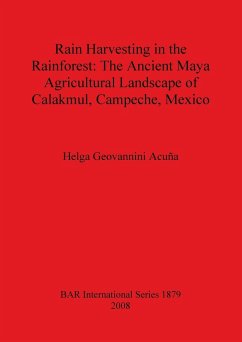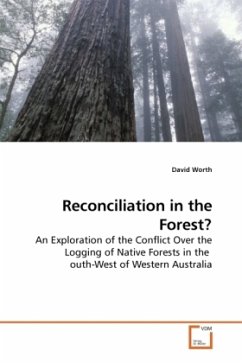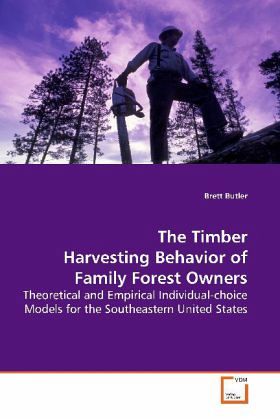
The Timber Harvesting Behavior of Family Forest Owners
Theoretical and Empirical Individual-choice Models for the Southeastern United States
Versandkostenfrei!
Versandfertig in 6-10 Tagen
39,99 €
inkl. MwSt.

PAYBACK Punkte
20 °P sammeln!
To increase our understanding of the timber harvesting behavior of family forest owners, theoretical and empirical individual-choice models were developed for the southeastern United States. Owners were modeled as utility-maximizers who made harvesting decisions by balancing amenity and profit values. Harvesting was modeled as a function of biophysical and socioeconomic variables. Data from forest inventories and forest owner surveys conducted by the U.S. Forest Service were used in logistic regression harvesting models. Separate models were generated for all family forest owners and profit, m...
To increase our understanding of the timber
harvesting behavior of family forest owners,
theoretical and empirical individual-choice models
were developed for the southeastern United States.
Owners were modeled as utility-maximizers who made
harvesting decisions by balancing amenity and profit
values. Harvesting was modeled as a function of
biophysical and socioeconomic variables. Data from
forest inventories and forest owner surveys
conducted by the U.S. Forest Service were used in
logistic regression harvesting models. Separate
models were generated for all family forest owners
and profit, multiple-objective, and amenity groups.
Harvesting propensities were highest for the profit
group and lowest for the amenity group. Stand
structure variables, such as basal area and volume,
were the most significant predictors of timber
harvesting. Other significant variables were
stumpage values, ownership objectives, and
absenteeism. The results of the models were
aggregated and implications for the region s timber
supply assessed. Continued shifts away from strong
timber objectives will decrease the flow of timber
from family forest lands.
harvesting behavior of family forest owners,
theoretical and empirical individual-choice models
were developed for the southeastern United States.
Owners were modeled as utility-maximizers who made
harvesting decisions by balancing amenity and profit
values. Harvesting was modeled as a function of
biophysical and socioeconomic variables. Data from
forest inventories and forest owner surveys
conducted by the U.S. Forest Service were used in
logistic regression harvesting models. Separate
models were generated for all family forest owners
and profit, multiple-objective, and amenity groups.
Harvesting propensities were highest for the profit
group and lowest for the amenity group. Stand
structure variables, such as basal area and volume,
were the most significant predictors of timber
harvesting. Other significant variables were
stumpage values, ownership objectives, and
absenteeism. The results of the models were
aggregated and implications for the region s timber
supply assessed. Continued shifts away from strong
timber objectives will decrease the flow of timber
from family forest lands.



